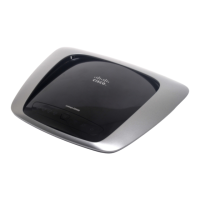Figure 3 extends the example shown in by adding an external internet access point across a
Wide Area Network (WAN). Although it is possible to setup the network as shown in , ensuring
that the remote N2KView
®
clients can find the IP Address of the N2KServer
®
at the correct port
(6543 or 6544) requires considerable IT expertise.
Figure 4 – LAN Client/Server Architecture Example with IPG100
Figure 4 shows an example of an IPG100 connected between the NMEA 2000
®
network and a
Wi-Fi/router connected to a PC running an N2KView
®
client. A copy of N2KServer
®
automatically runs on the IPG100; however an N2KView
®
Hardware License Key must be
plugged in to the IPG100 to supply sufficient licenses for the maximum number of
simultaneously connected clients. As in the previous examples, N2KView
®
Clients may run on
any computer able to access the N2KServer
®
on the Ethernet network.
A.2 TCP/IP Networks
The networking protocol that is used for the communication between the server and stations in
the N2KView
®
system is the TCP/IP protocol. This protocol is used by the World Wide Web,
FTP (File Transfer Protocol), and many others of the most popular applications on the Internet.
The TCP/IP connection can be made over an Ethernet connection, a Wi-Fi connection, cellular
phone data connection, and many other types of media. In fact, a single packet of TCP/IP
data may traverse multiple types of media on its journey. The TCP/IP protocol is natively
supported by Microsoft Windows XP and Microsoft Windows Vista, as well as Internet-
connected cellular phones.
Each computer on a TCP/IP network is identified by an IP address unique to that network. An
IP address consists of four numbers, each ranging between 0 and 255, separated by periods.
This is referred to a dotted decimal notation. Examples of IP addresses in this format are
10.0.0.1, and 62.12.31.188.
The IP address may either be hard coded into the computer (this means that the address is
static which makes the computer easier to find) or assigned at each startup by a DHCP server,
Revision 1.1 Page 21

